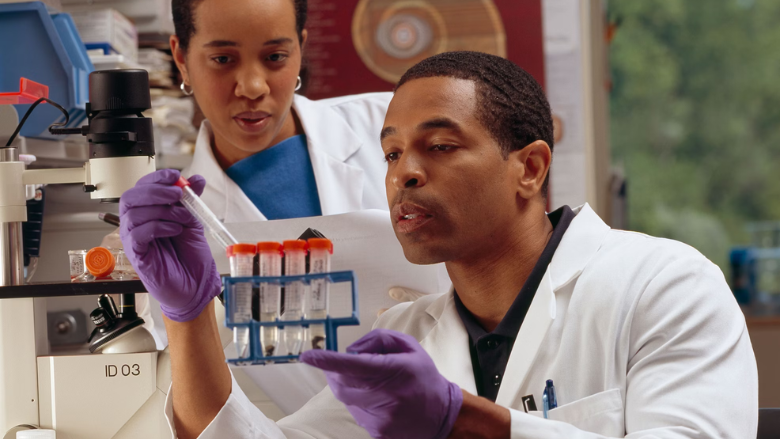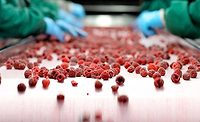USDA-FSIS Decides on Fit-for-Purpose Pathogen Detection Methods, Updates Microbiology Laboratory Guidebook

Image credit: NCI via Unsplash
Following a multi-laboratory evaluation of commercially available rapid pathogen screening technologies, the U.S. Department of Agriculture’s Food Safety and Inspection Service (USDA’s FSIS) is planning to implement new detection approaches in its laboratories and will update the associated Microbiology Laboratory Guidebook (MLG) chapters. The FSIS laboratory system routinely reviews its pathogen screening contracts every five years.
The selected methods were determined to be fit-for-purpose in FSIS’ unique high throughput regulatory laboratory environment:
- FSIS food testing laboratories will begin using the bioMérieux GENE-UP® Campylobacter detection kit to screen enriched poultry samples received on or after August 12, 2024 for Campylobacter species (MLG 41)
- FSIS Laboratories will continue to screen enriched samples for the presence of Listeria monocytogenes (MLG 8) and Salmonella species (MLG 4) using the Neogen® Molecular Detection System (MDS) platform (formerly 3M™ MDS); the continued use of the MDS platform will provide FSIS with the flexibility to detect S. Enteritidis and S. Typhimurium in a more rapid manner, and to detect other Listeria species in addition to L. monocytogenes
Additionally, FSIS is currently evaluating commercially available rapid pathogen screening technologies for the identification of adulterant Shiga toxin-producing Escherichia coli (STEC; MLG 5C) in regulated products.
Looking for a reprint of this article?
From high-res PDFs to custom plaques, order your copy today!




.png?height=200&t=1661887788&width=200)




